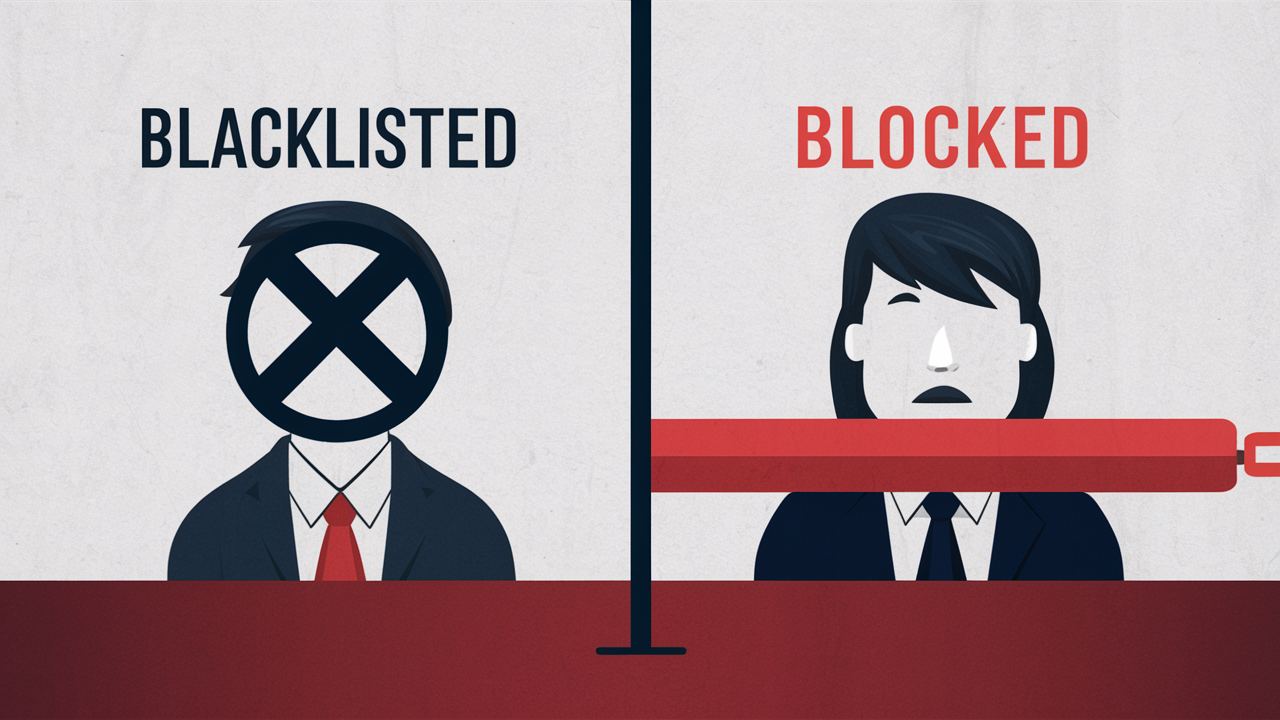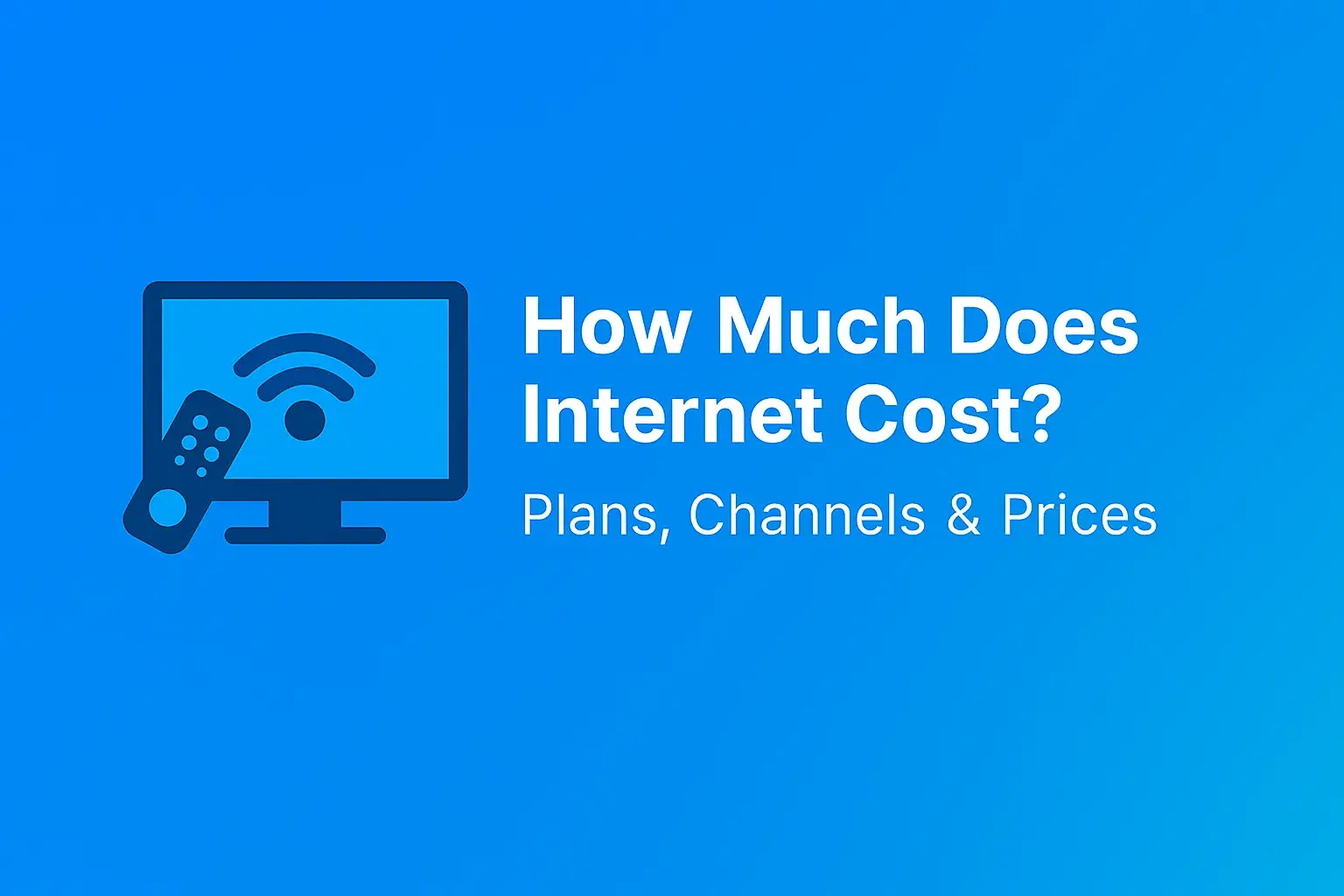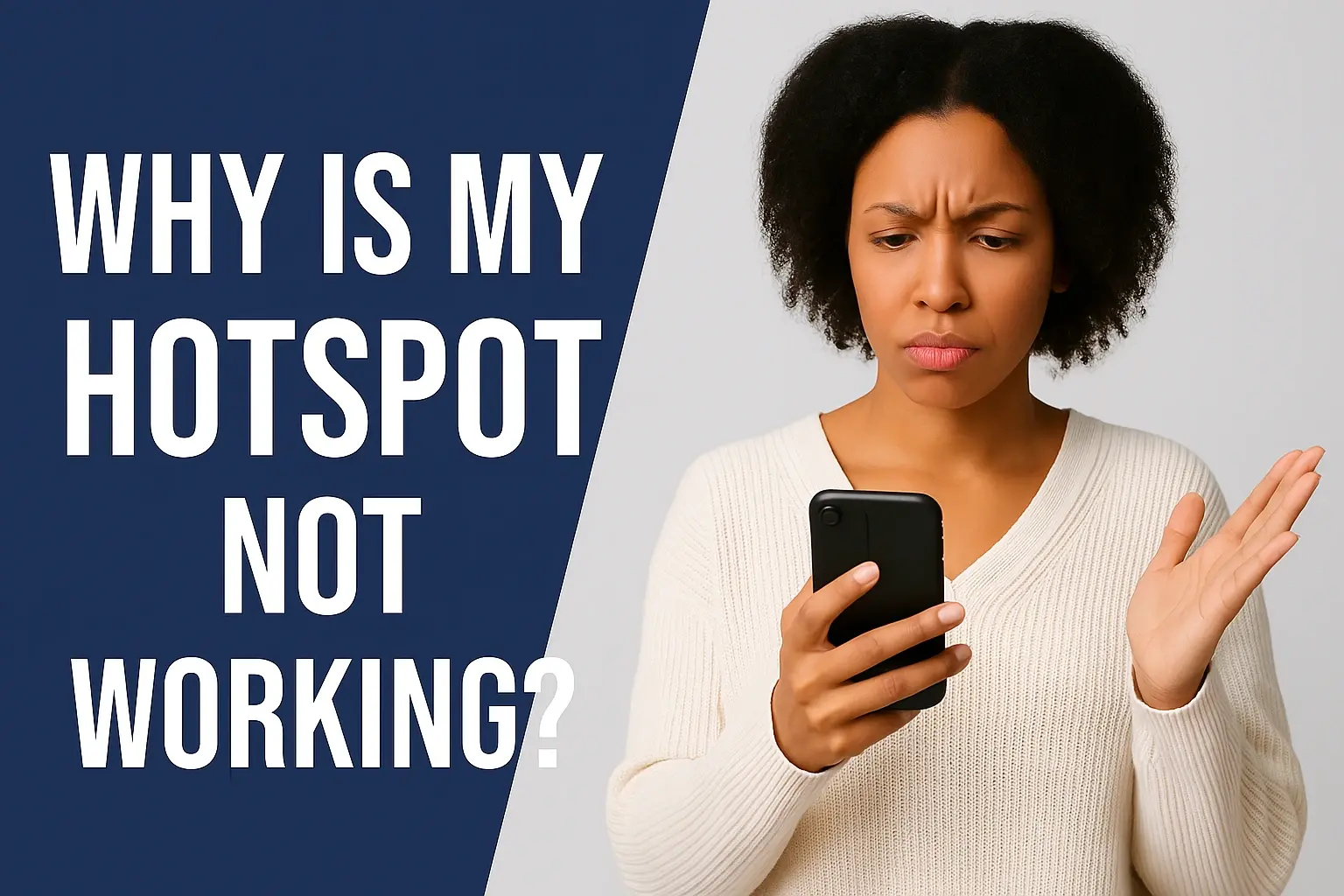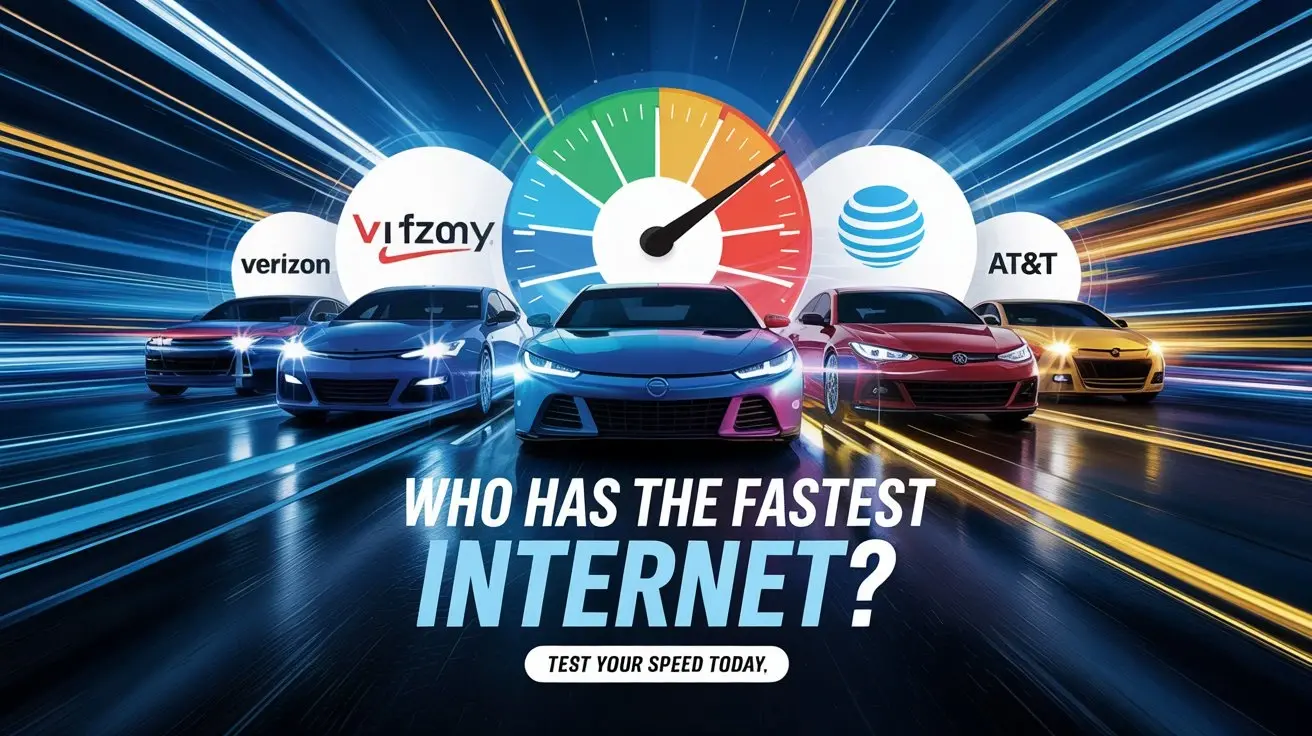What is the difference between blacklisted and blocked?

A blacklist and a block list are two techniques that are used to control access to specific sites, IPs, mail servers, or anything else that is available online. However, there are some key differences between how blacklisting and blocking work.
What is Blacklisting?
In its basic form, a blacklist is simply a list of Websites, IP addresses, e-mail addresses, and/or other online resources that are prohibited from accessing a network or device. For instance, organizations implement blacklists to avoid employees from browsing prohibited sites that contain bad or irrelevant content in the workplace. Schools also often block websites to safeguard the learners.
Blacklisting functions in a way where the internet filtering software, routers, firewalls, or other tools block sites and resources which are in the blacklist. In this case, any request made to open sites in the blacklist is just denied. Blacklisted websites would be blocked and end-users including employees, and students may see a “site blocked” notification if they attempt to open such sites.
Some of the key characteristics of blacklisting include.
- It is restrictive – anything goes as long as it is not specifically prohibited. New, safe sites can also get added to the blacklist by default until they are checked.
- Blacklists also need frequent updating and modification to include new sites that contain improper content and exclude sites that are not improper. However, since blacklists are created once in a while, they quickly get outdated.
- However, it is quite simple to bypass blacklists since VPNs or proxies can hide the actual website being accessed.
In general, blacklisting is more time-consuming and requires more effort to sustain, yet it is easier to circumvent if the end user is knowledgeable in computer systems.
What is Blocking?
Unlike blacklisting, blocking website access takes almost the opposite approach of blacklisting. Blocking, on the other hand, is a method where all the sites are initially prohibited, and only some can be allowed later.
For instance, a school sets its filtering service to deny all sites but only allows a few sites and educational resources that are relevant to the syllabus. Internet freedom is limited to none – only the websites that are allowed by the firewall can be visited.
Some characteristics of blocking include.
- It has an allow list approach to the access of websites. In this case, only the specific websites and online resources that have been approved can be visited. The rest is out of the question.
- Blocking is even more severe than blacklisting and may deny Internet access to useful sites if the whitelist was not debugged. But it does so by blocking the content that has been deemed unsuitable for use.
- This makes blocking more effective as users are denied any internet access apart from the whitelisted sites. VPNs or proxies cannot access the blocked global internet.
In conclusion, blocking is more restrictive than filtering, difficult to circumvent, and necessitates an approved list of Website addresses. Blacklisting allows all the sites and resources by default, and only a few are blocked in the deny list.
When is Blacklisting Effective?
Blacklisting is most useful in the situation where the end user will be accessing a wide array of websites and other online resources. For example:
- In a business environment where employees require general permission the use the Internet for research, work tools, and collaboration. With the help of a blacklist, there is no need to have strict limitations on some or other sites which are not suitable for use.
- Whenever there are older high school or college students in a school, they may need to use the internet to access a variety of resources for use in school. This is because a blacklist enables one to open access to the website while at the same time denying access to other unwanted content and sites.
When is Blocking Effective?
Blocking is generally better in very prescriptive contexts in which users should interact with a small, carefully defined set of permitted resources. For example:
- In the context of elementary school where students’ access to the web can be easily controlled to a list of sites recommended by the teacher or a set of sites that have been determined to be suitable for children of a particular age. The free and open internet can still be restricted to prevent threats.
- Where internet use cases are tightly constrained and where all casual surfing should be banned, for instance in highly secure business environments like financial institutions. Banks are required to whitelist only those applications and tools that are critical for their operation.
- In family devices, parents would like to block the children from accessing any other website than the few specifically allowed to be accessed. Children need to have some control and direction when accessing the web.
Blacklisting on its own and Blocking on its own
Some managed networks combine both blacklisting and blocking techniques together for optimal control, security, and flexibility.
- Still, it is recommended to keep a list of blocked categories – for example, adult websites, sites related to unlawful activities, or sites that consume a lot of bandwidth for streaming. This forms a stagnant standard, which restricts the functionality of other parts.
- Add a user-defined blacklist above it to block certain corporate policy violations or other unwanted niche sites that category blocking does not handle.
- Setting up lists that target specific users, groups, or departments to enable limited access to sites that would otherwise be blocked by strict filtering policies when necessary.
This approach allows for flexible configuration restrictions depending on the organizational internet usage policy but at the same time minimizes the ability to bypass the set measures.
Conclusion
In blacklisting, every site and resource is allowed first and then some are blocked out. Blocking works in such a way that everything is prohibited except for the allowed content, which has been placed on the whitelist. Blacklists grant selective masquerades but are even easier to get around than GAM. Blocking is even more restrictive, yet more secure when properly set up. Most managed networks employ a blend of the two to provide optimum security, control, and risk as well as user access. Assessing the different website access policies and the end user requirements is crucial in arriving at the right black listing and blocking.
Upgrade to faster, more reliable AT&T Fiber Internet today! Call us at +1 844-905-5002 and get connected with speeds that keep you ahead.





